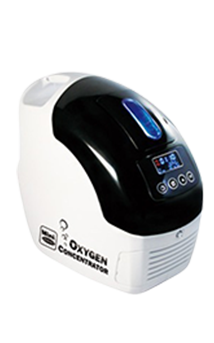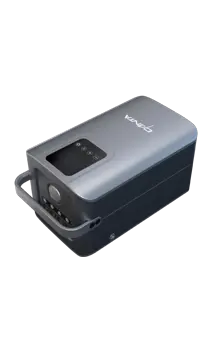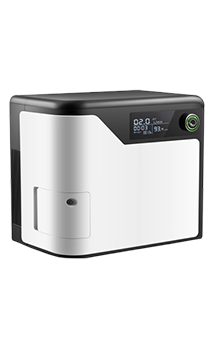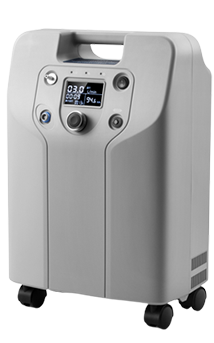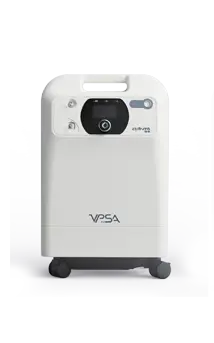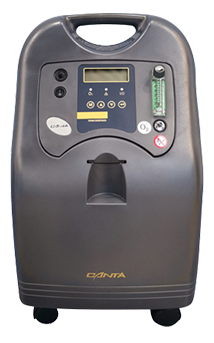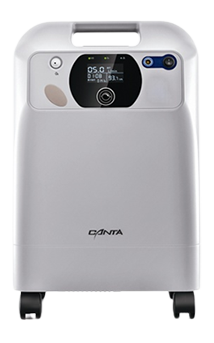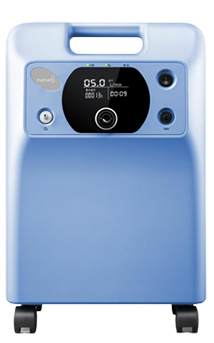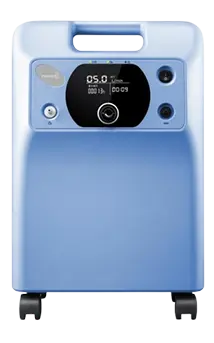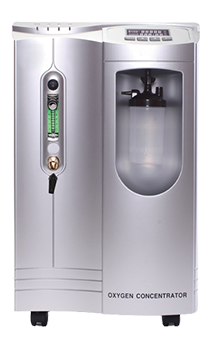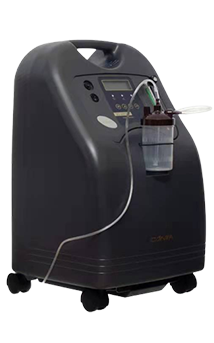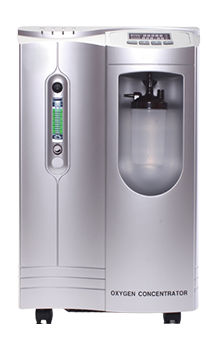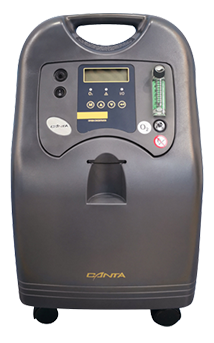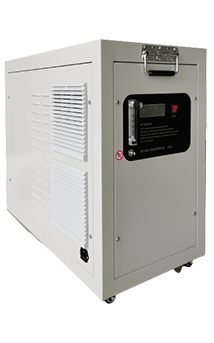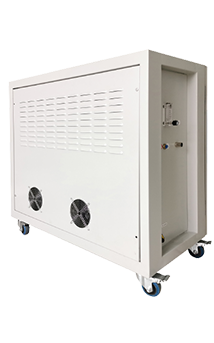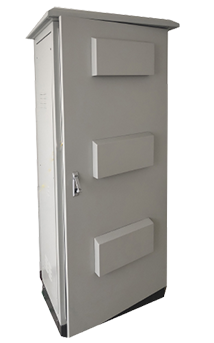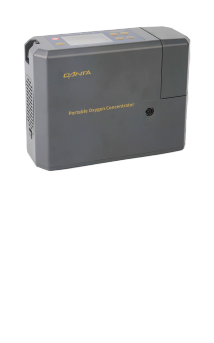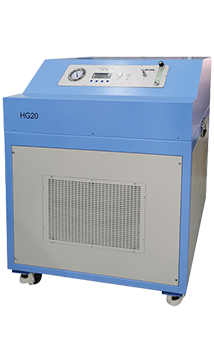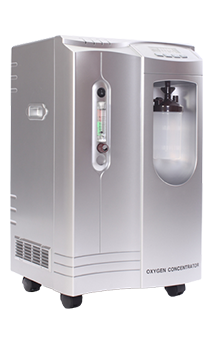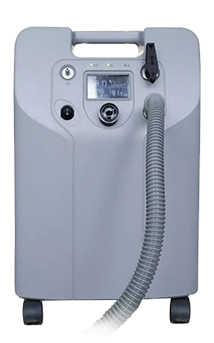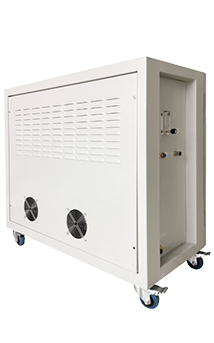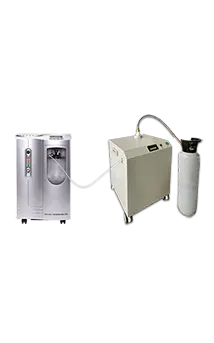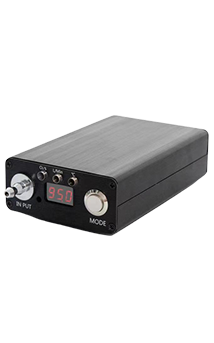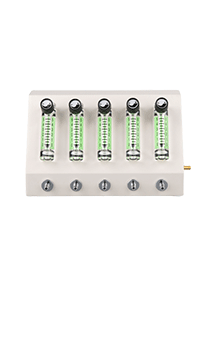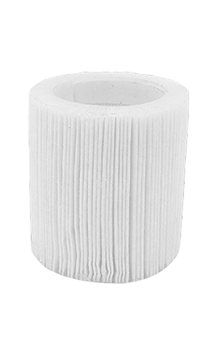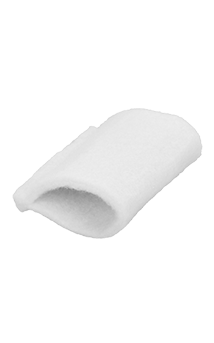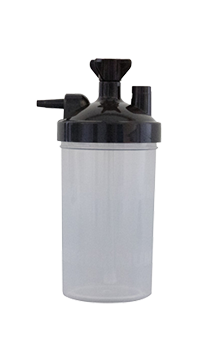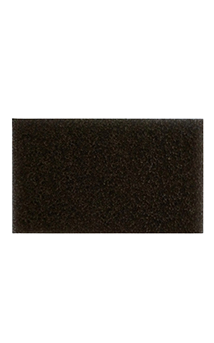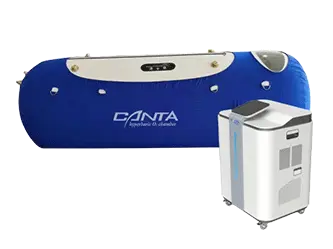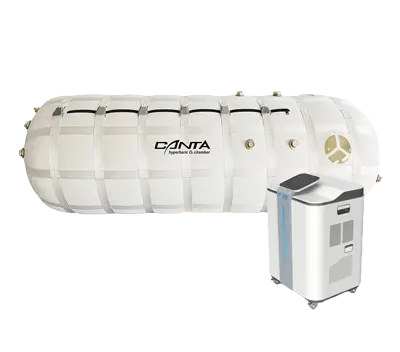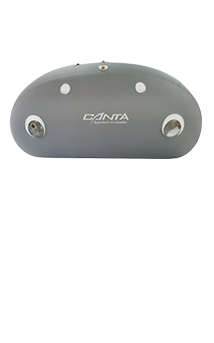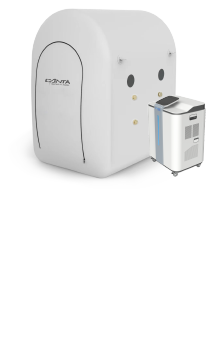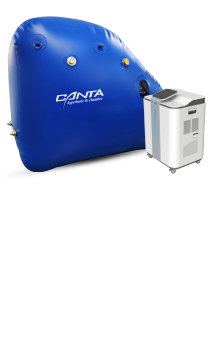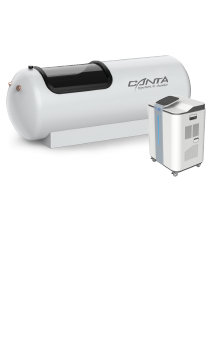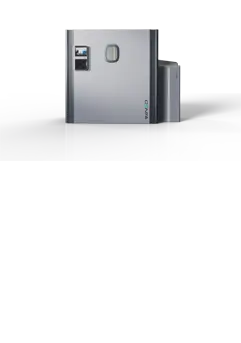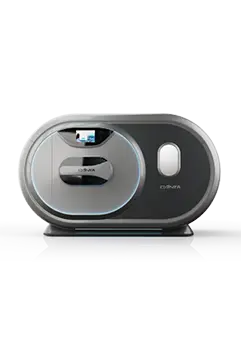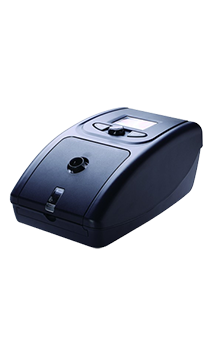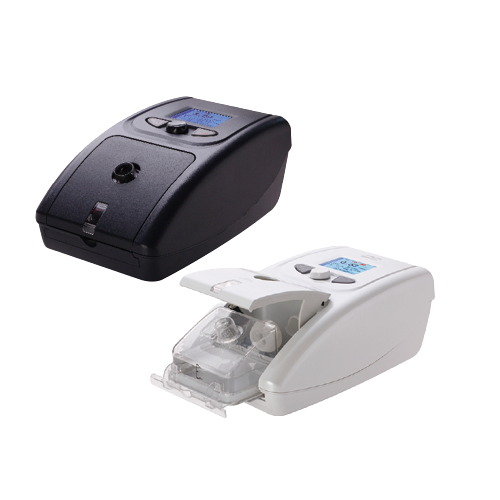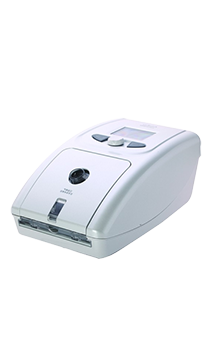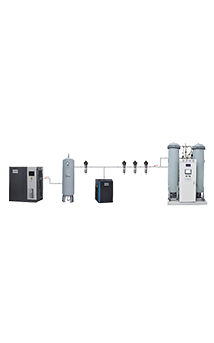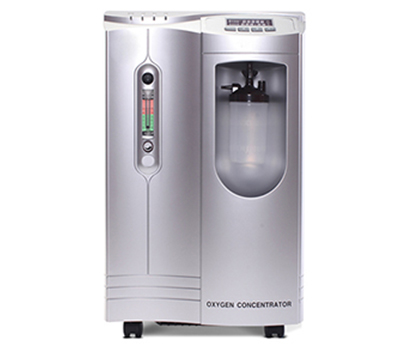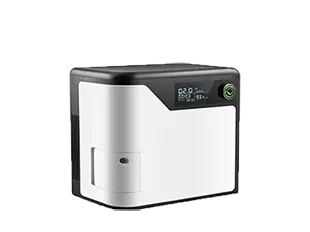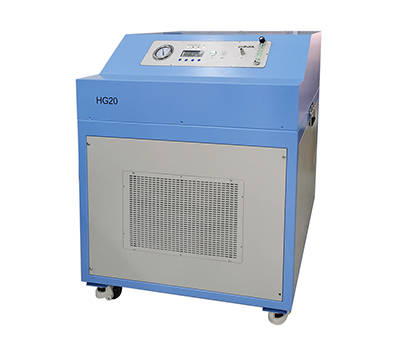When choosing a home oxygen generating machine, you may feel overwhelmed by information on prices, brands, 3-liter machines, 5-liter machines, and so on. After reading this selection guide, I hope it will be helpful to you.
Principle of Home Oxygen Generating Machines
Home oxygen generating machines use the PSA (Pressure Swing Adsorption) principle. The compressor compresses the air, and through the molecular sieve, nitrogen and oxygen are separated based on their different adsorption properties. This is a purely physical oxygen generation process with no consumables or waste emissions. Therefore, the core components of an oxygen generating machine are the compressor and molecular sieve. The principle involves physical oxygen generation without the need for raw material consumables.
Classification of Home Oxygen Generating Machines
Desktop Machines
Classified according to flow rate, they are available in 1-liter, 2-liter, 3-liter, 5-liter, and 10-liter options (the flow rate here refers to the maximum flow rate ensuring an oxygen concentration of 90%, not the machine's maximum adjustable flow rate).
In terms of pricing, 1-2 liter oxygen generating machines generally cost under a thousand yuan, 3-liter machines are around 2,000 yuan, 5-liter machines range from 3,000 to 5,000 yuan, and 10-liter machines are even more expensive.
Portable Oxygen Generating Machines
Developed for convenient oxygen intake during outdoor activities, portable machines operate using the same principle as desktop machines. However, due to their smaller size, they cannot provide continuous oxygen generation and can only supply oxygen in pulses. They follow the user's inhalation pattern, releasing a specified amount of oxygen instantaneously. They are typically available in 3-gear, 5-gear, 6-gear, or 7-gear models.
Generally, a 3-gear machine produces approximately 0.6 liters per minute, while a 5-gear machine produces around 1.0 liters per minute, and so forth. Due to the higher efficiency of pulse oxygen intake, a 3-gear portable machine is equivalent to a 3-liter desktop machine, and a 5-gear portable machine is equivalent to a 5-liter desktop machine.
Portable oxygen generating machines are primarily suitable for temporary oxygen intake during outdoor activities and oxygen supplementation during high-altitude travel.
Key Points for Choosing an Oxygen Generating Machine
Flow Rate
Choose an oxygen generating machine with a flow rate that exceeds the user's needs. For example, if the user typically requires 1.5 to 2 liters of oxygen, a 3-liter machine is sufficient. If the requirement is 2 to 3 liters, a 5-liter machine is recommended.
Usage Time
Consider the daily oxygen intake time of the user. If the machine is used for a few hours per day, a 3-liter machine may suffice. For more than 10 hours of usage, a 5-liter machine is preferable.
Noise
If the user is sensitive to noise, pay attention to the machine's noise level. Most oxygen generating machines operate at 50-60 decibels, while quieter models can reduce noise to 40-45 decibels. The latest four-cylinder compressor technology can even achieve noise levels in the 30s decibels range.
Size
The size of the machine is not particularly crucial. Larger machines may contain better components (compressors and molecular sieves), contributing to their larger size. Additionally, larger machines often have better heat dissipation and noise reduction capabilities.
Brand
Choose a manufacturer specializing in oxygen generating machines for better product quality and after-sales service.
Individual Conditions
For general health maintenance and oxygen supplementation, if the user's blood oxygen saturation is within the normal range, a 1-liter or 2-liter machine may be suitable. However, if the blood oxygen saturation is consistently below 94%, a 3-liter oxygen generating machine or higher is necessary.
Additional Features
Oxygen concentration real-time display (to monitor the oxygen generation status), nebulization (occasional nebulization as a backup function), voice prompts (helpful for visually impaired users), electronic flow meter (precise flow regulation), remote control, and timer.
Combined Use
When using an oxygen generating machine with a ventilator, a 5-liter machine is recommended at a minimum. For use with a high-flow humidification therapy device, a 10-liter machine is advisable.
In summary, it is recommended to see the oxygen generating machine in person before purchasing. Listen to the machine's operating noise, check its size and weight, and evaluate its craftsmanship and quality. This way, you can feel more confident in your purchase.
 EN
EN  ja
ja  ko
ko  fr
fr  de
de  es
es  it
it  ru
ru  pt
pt  ar
ar  tr
tr  th
th  da
da  fa
fa  pl
pl  ro
ro  hu
hu  el
el  af
af 
